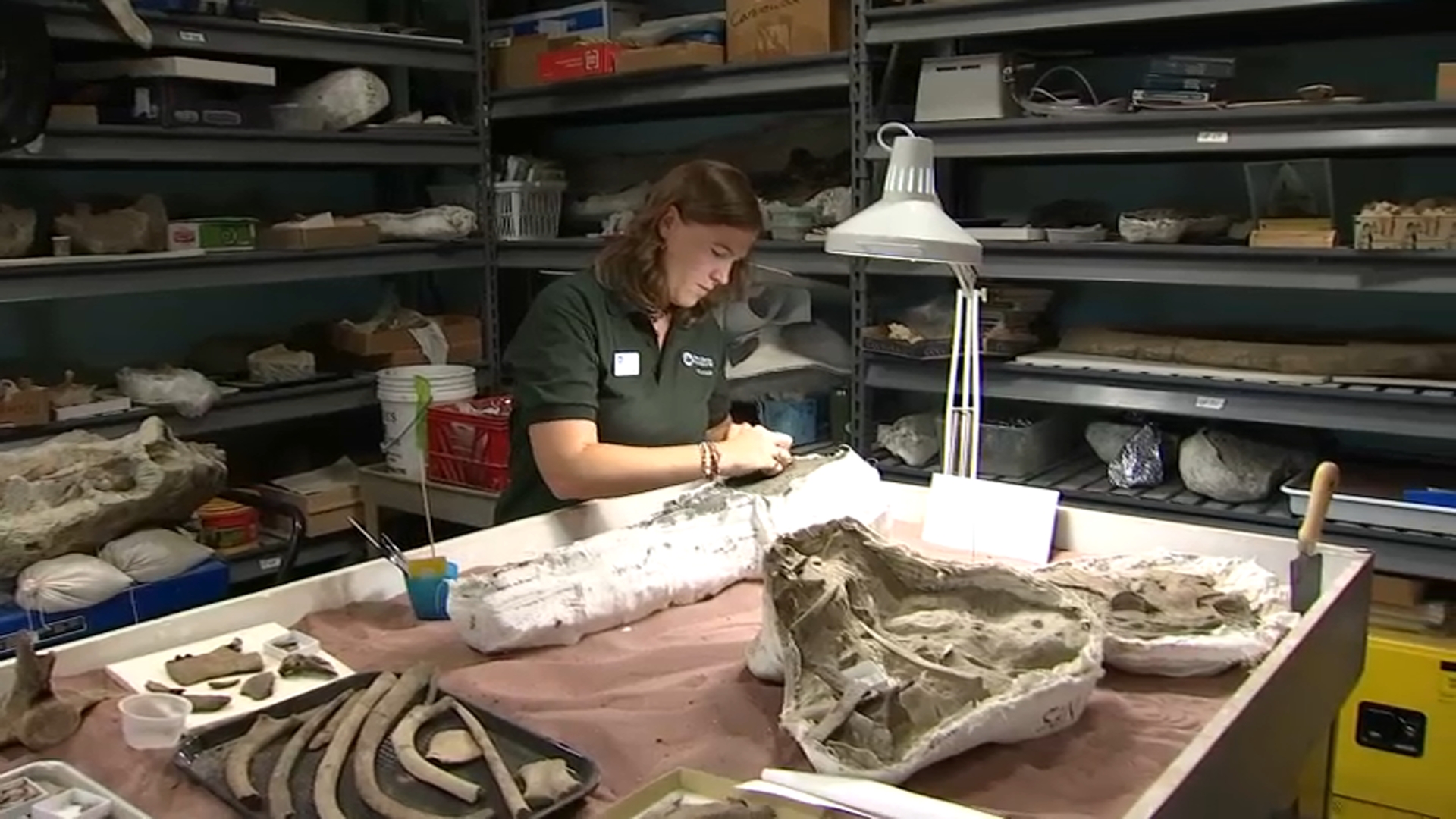At a camp on the Chesapeake Bay, Montgomery County students count baby oysters attached to old shells, known as "spat." As they count, the students in the Outdoor Environmental Education Program at YMCA Camp Letts learn how to be stewards of the bay.
“We’re going to pull up an oyster cage and we’re going to pull out the oysters, and we're going to see what we can see. All right, come on!” outdoor education teacher Antonio Carrillo told them.
The camp consists of three-day, two-night sessions. In a partnership with the Chesapeake Bay Foundation’s Oyster Restoration Program, the program teaches about the importance of oysters, which can filter and clean 50 gallons of water each day.
We’re hoping that they understand that we’re all a part of the Chesapeake Bay. Whatever they do upstream is going to affect everything that they see right here downstream.
Antonio Carrillo, outdoor education teacher
We've got the news you need to know to start your day. Sign up for the First & 4Most morning newsletter — delivered to your inbox daily. Sign up here.
“This opportunity allows us to target that younger generation, the future bay savers in the watershed,” Chesapeake Bay Foundation representative Kellie Fiala said.
The students counted the baby oysters in cages on the camp’s dock. Those oysters will eventually be transferred to sanctuary reefs, where they can work their filtering magic.
“We’re hoping that they understand that we’re all a part of the Chesapeake Bay,” Carrillo said. “Whatever they do upstream is going to affect everything that they see right here downstream.”
For some of the students, it was their first experience on the water.
“It’s very amazing, like the fish, the animals. They’re very impressive,” sixth grader Nathaniel Yosef said.
“I didn’t really know how important oysters were to the bay and the water. So, that, it was very interesting learning that stuff,” Theo Michael, another sixth grader, said.
The hope is to inspire the younger generation to protect the Chesapeake Bay by letting them use nets, get their hands wet and see creatures up close.
“The bay is life. It is important to us as we boat, as we fish, as we crab,” YMCA Camp Letts director Meredith Smith said.



